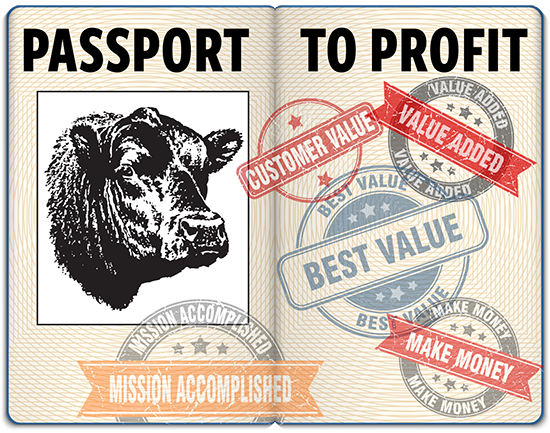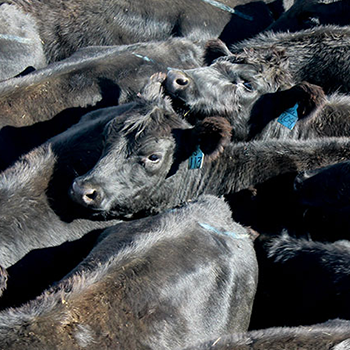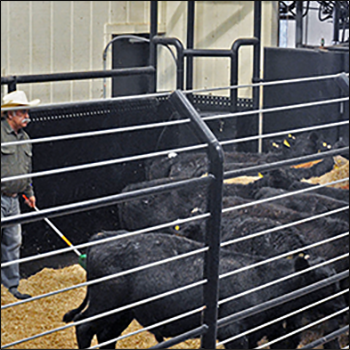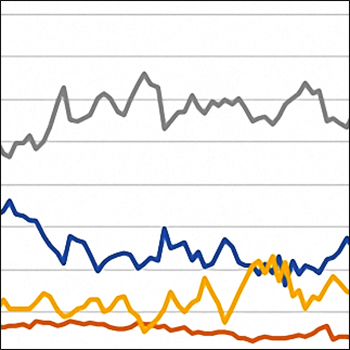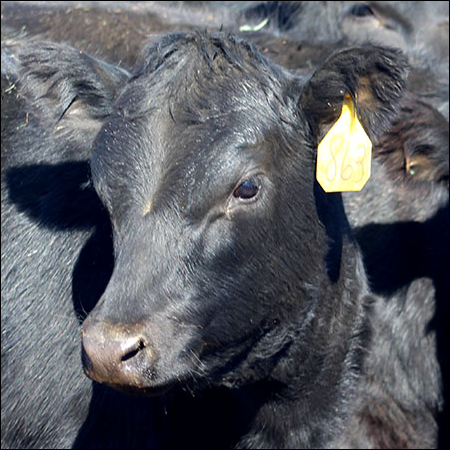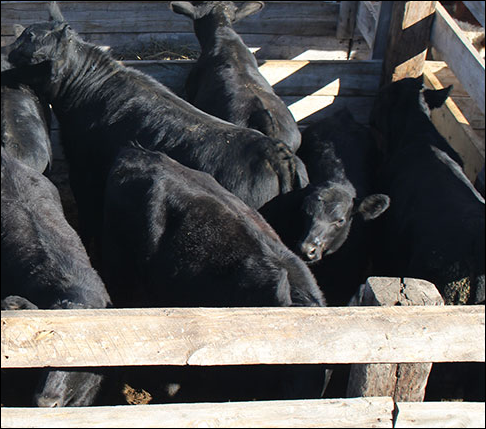
Mitigate M. bovis
Mycoplasma bovis in feedlot cattle: Treating and controlling infections.
Effectively controlling an infectious disease in cattle means addressing one or more of the three different components of the disease process:
The germ: By using antibiotics to kill it or slow down its progression once it’s already in the body.
The animal: By boosting its defense mechanisms such that they neutralize the infectious agent before it starts to cause clinical illness; e.g, vaccination.
The environment: By taking steps to ensure animals don’t encounter the disease agent in their surroundings or from other animals.
How could understanding each of these aspects help us treat and control Mycoplasma bovis (M. bovis) infections in feedlot cattle?
Antibiotics are the hallmark of treating bacterial infections in calves, but M. bovis infections present some challenges due to the bacteria’s ability to become well-established in body tissues. Some injectable antibiotics are approved for use against M. bovis, namely enrofloxacin, florfenicol, gamithromycin and tulathromycin. Regardless of the antibiotic used, once clinical signs begin in the animal, results can be variable and often disappointing.
The tissue damage caused by Mycoplasma, whether in the lungs or in the joints, makes it difficult for an antibiotic to reach high enough concentrations for a long enough time to slow down or kill the bacteria. Treating calves early — with a product that reaches high blood and tissue levels for long periods of time — is important.
In high-risk calves, metaphylaxis has been successful at decreasing illness and death rates to M. bovis and other bovine respiratory disease complex (BRDC) bacteria.
Metaphylaxis involves treating incoming cattle with full therapeutic doses of antibiotics upon arrival to the feedyard. Antibiotics approved for metaphylaxis are prescription injectable drugs, to be used only under direction of a veterinarian. Feed-grade antibiotics are not considered effective, nor are they labeled for use against M. bovis infections.
Commercial vaccines against M. bovis in cattle have been marketed. These are killed bacterins that require two doses. Unfortunately, their effectiveness in the field has been less than stellar; some studies even indicate more severe illness in vaccinated animals vs. those unvaccinated. In many situations, M. bovis infections are already well-established (albeit inapparent) prior to vaccination. Autogenous (farm-specific) vaccines can be formulated, but dependable data on their effectiveness is nonexistent. Vaccinating calves against other BRDC pathogens is a good practice to help increase resistance against the effects of respiratory disease in general.
For many cattle diseases, biosecurity is an important aspect of prevention. Isolating and testing incoming cattle for M. bovis, however, isn’t all that viable, especially in feedlot situations. A high percentage of incoming cattle already would be harboring Mycoplasma in their nasal tracts. Strategies that reduce stress and promote immunity in feedlot calves would reduce the effects of M. bovis, as well as other BRDC pathogens.
Not much is known about the potential for M. bovis to be transmitted from environmental sources — contaminated bedding in a pen, for example. While M. bovis can survive for extended periods of time in cool, moist conditions, it’s largely unknown how important that is for overall transmission — especially when animal-to-animal contact is such an efficient way for noninfected calves to become colonized with the bacteria. M. bovis is not extremely resistant to disinfection and is inactivated by drying and sunlight. Separating sick animals from nonaffected animals and locating the hospital pen away from other animals are basic management actions that can help decrease the overall incidence of illness due to M. bovis, as well as other BRDC pathogens.
For many reasons, M. bovis is a challenging component of respiratory disease in feedlot calves. Understanding the factors that help it become established in calves is a good first step in formulating a plan — with a veterinarian — to help diminish its effects on health and productivity.
Editor’s note: Russ Daly is a professor, SDSU Extension veterinarian and state public health veterinarian. Photo by Micky Burch.
